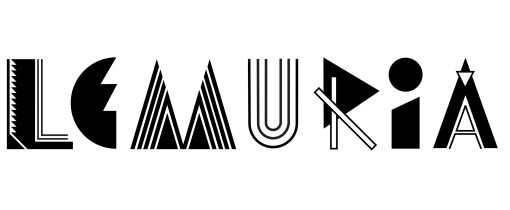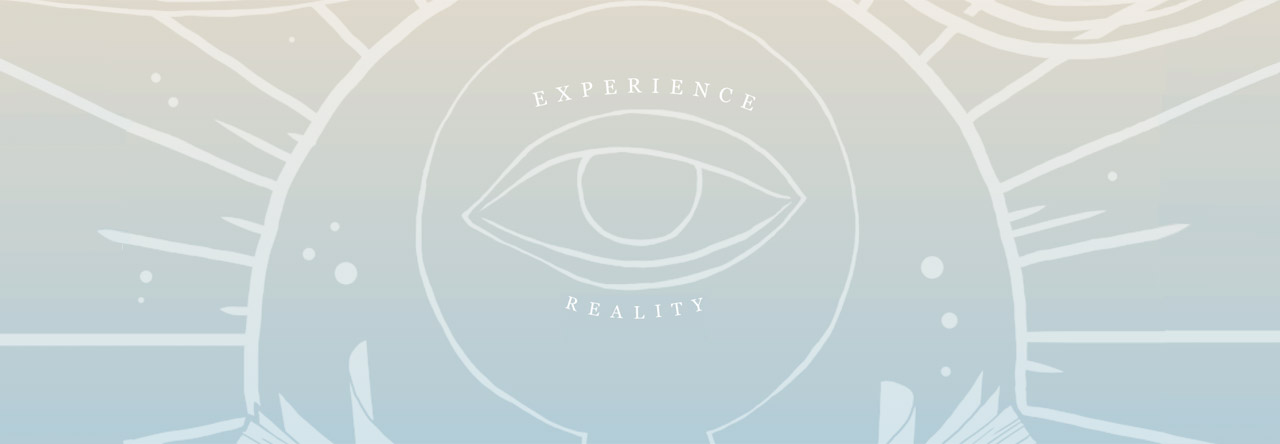John and I have been talking a lot about the physical experience of the book and of the bookstore. Ironically, the e-book and increased fascination with all sort of digital gadgets, puts a bookstore like Lemuria in the light again as we are so different from what main stream media and culture pushes at the individual.
Over the past week several weeks I have been tossing around several sources of input which all cause me to consider the physical as opposed to intangible world of cyberspace and electronic media and Birkerts concept of horizontal time as opposed to vertical or “deep time.”
 My thoughts go back again and again to a book I read a long time ago called The Gutenberg Elegies by Sven Birkerts. Elegies was published in 1994, long before most of us began to think about how computer technology was changing our lives. Birkerts’ thinking on “deep time” has stuck with me over the years.
My thoughts go back again and again to a book I read a long time ago called The Gutenberg Elegies by Sven Birkerts. Elegies was published in 1994, long before most of us began to think about how computer technology was changing our lives. Birkerts’ thinking on “deep time” has stuck with me over the years.
“The explosion of data–along with general societal secularization and the collapse of what theorists call the ‘master narratives’ . . . has all but destroyed the premise of understandability. Inundated by perspectives, by lateral vistas of information stretch endlessly in every direction, we no longer accept the possibility of assembling the complete picture. Instead of carrying on the ancient project of philosophy–attempting to discover the ‘truth’ of things–we direct our energies to managing information. The computer, our high-speed, accessing, storing, and sorting tool, appears a godsend. It increasingly determines what kind of information we are willing to track in; if something cannot be written in code and transmitted, it cannot be important.”
“Resonance–there is no wisdom without it. Resonance is a natural phenomenon, the shadow of import alongside the body of fact, and it cannot flourish except in deep time. Where time has been commodified, flattened, turned into yet another thing measured, there is no chance that any piece of information can unfold its potential significance. We are destroying this deep time . . . Where the electronic impulse rules, and where the psyche is conditioned to work with data, the experience of deep time is impossible. No deep time, no resonance; no resonance no wisdom.”
There are many deep time experiences to be had at Lemuria. One that comes to mind is the experience of meeting John Bemelmans Marciano and Joseph O’Connor. I think it qualifies as a deep time experience–or at least it was the seed for one for many who attended these two events which happened to occur the same evening a few weeks ago.

My intention was to write a “great” blog about it, but the more I thought about it, the less I felt able to write about it. And then the less I wanted to write about it.
Blogs in general are usually updated daily and often written quickly, and they are not necessarily known for quality or accuracy. I would say that they do not lend themselves to deep time contemplation. Because of this, and out of respect for the deep time experience we had with Joseph O’Connor, I just decided to the let the event blog go. I had begun to feel strongly that it was just too bad if you weren’t there. The experience lies between Joseph O’Connor and the individuals who committed their time that Friday evening. The experience resonated with many people days and weeks after the event.
The title of an article in The Wall Street Journal reads:
“Writer’s Get Close on the Web: Simon & Schuster Bets Authors’ Video Interview Can Build Readership, Sales” (Monday, March 7, 2011)
Simon & Schuster gives the example of an interview with Lisa McCann which appears on their VYou video player. The authors talk in front of their web cams in their own homes in response to questions posted by readers on the VYou website. You can watch Lisa Genova, author of Still Alice, while she holds her baby. Chris Cleave, author of Little Bee, is drinking coffee. Lisa McCann, best-selling author of teen thrillers, is dancing in her seat. McCann says that the videos will never replace an actual author event. For her, one of the main advantages is convenience: “You can take 10 minutes and answer five questions on the day you have your hair looking nice.”

While I believe there is an immense value in all the information available to me on the Internet, it also makes me value even more the non-electronic experiences I have. It may be funny, informative to listen to Lisa McCann on her webcam, but want I ultimately want is her, in front of me, in a context that was not completely controlled by her, but instead left to the natural occurrences and energy of the moment.
Booksellers, Lemuria readers:
Do you remember when Audrey Niffenegger came last July and her aura as she browsed our bookstore?
Who could forget Lucas McCarty and the choir at the event for Mockingbird Press’ first book Year of Our Lord?
Do you remember the energy in the room as Barry Gifford made an unforgettable introduction to Karl Marlantes, connecting one of his short stories relating to Vietnam to the subject matter of Matterhorn?
 While we gain so much from new technology, I do think there is cause to pause and think about the effects. Birkerts inspires me to think and write about many changes in our culture and how they affect our thinking and consuming. Here, I acknowledge that this blog is incomplete and there are other viewpoints to be considered. Hopefully, the Bookstore Keys series on the changes facing readers and professionals in the book industry is an ongoing consideration, a way to remain thoughtfully engaged while being bombarded by news everyday.
While we gain so much from new technology, I do think there is cause to pause and think about the effects. Birkerts inspires me to think and write about many changes in our culture and how they affect our thinking and consuming. Here, I acknowledge that this blog is incomplete and there are other viewpoints to be considered. Hopefully, the Bookstore Keys series on the changes facing readers and professionals in the book industry is an ongoing consideration, a way to remain thoughtfully engaged while being bombarded by news everyday.
yyyy
The Bookstore Key Series on Changes in the Book Industry
Finding “Deep Time” in a Bookstore (March 8th) Reading The New Rules of Retail by Lewis & Dart (March 3) The Future Price of the Physical Book (Feb 18) Borders Declares Bankruptcy (Feb 16) How Great Things Happen at Lemuria (Feb 8th) The Jackson Area Book Market (Jan 25) What’s in Store for Local Bookselling Markets? (Jan 18) Selling Books Is a People Business (Jan 14) A Shift in Southern Bookselling? (Jan 13) The Changing Book Industry (Jan 11)







 Check out this great idea: Lentil, Carrot, and Lemon Soup with Fresh Dill. The fiber in lentils helps to lower cholesterol and regulate blood sugar. French green lentils cook more quickly and retain a firmer texture than the more common brown ones.
Check out this great idea: Lentil, Carrot, and Lemon Soup with Fresh Dill. The fiber in lentils helps to lower cholesterol and regulate blood sugar. French green lentils cook more quickly and retain a firmer texture than the more common brown ones. I also liked this idea for Savory Stuffed Sweet Potatoes and many, many more recipes.
I also liked this idea for Savory Stuffed Sweet Potatoes and many, many more recipes.
 He also mentions the Argentinian writer Jean Luis Borges as an inspiration for this home:
He also mentions the Argentinian writer Jean Luis Borges as an inspiration for this home:
 Ellen has been in a couple of Tate’s homes in Jackson. She has this to say:
Ellen has been in a couple of Tate’s homes in Jackson. She has this to say:



 My thoughts go back again and again to a book I read a long time ago called
My thoughts go back again and again to a book I read a long time ago called 









